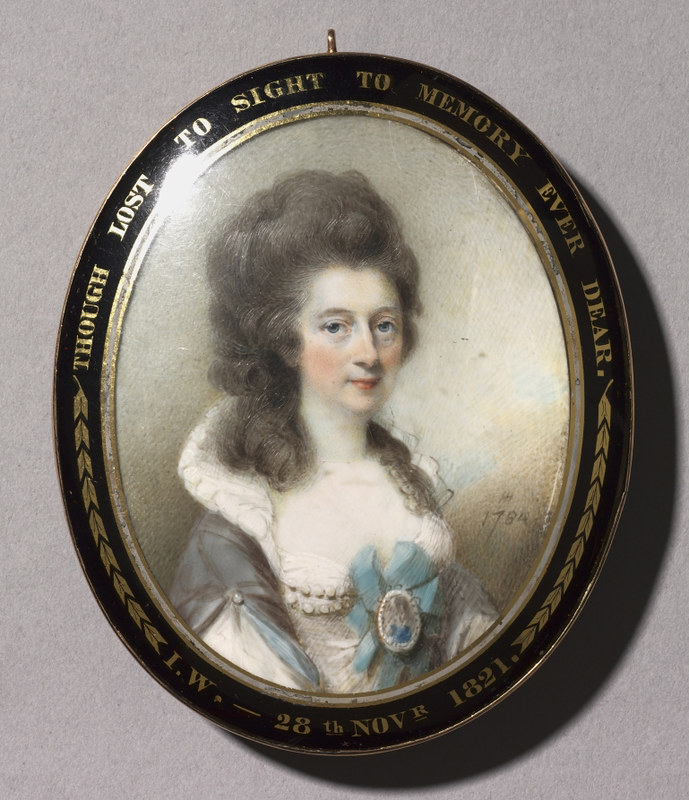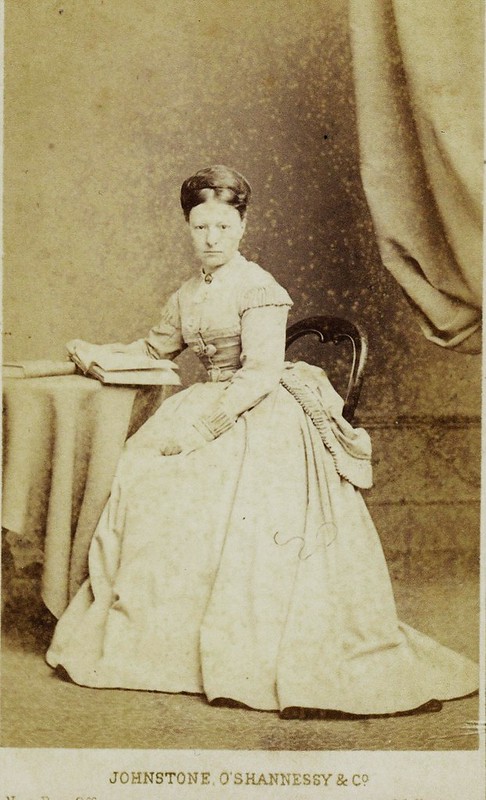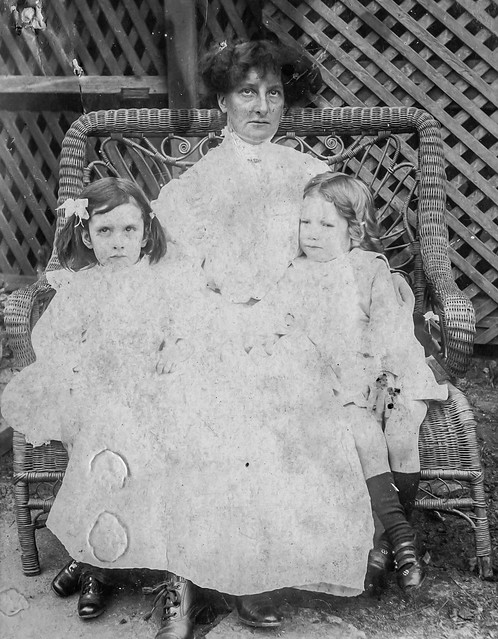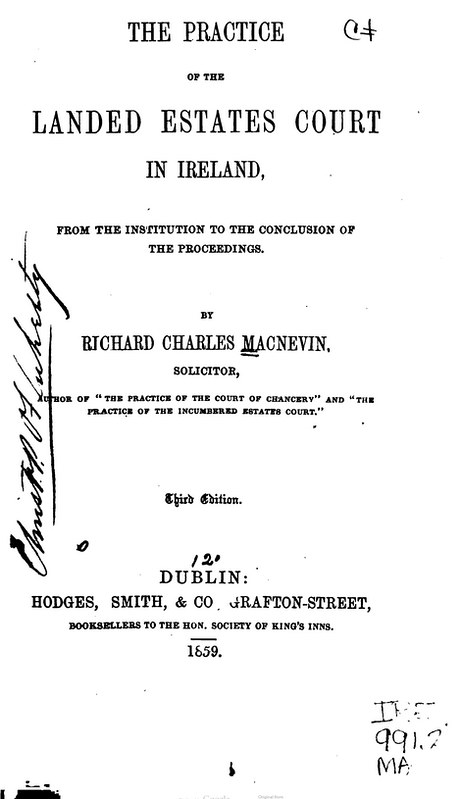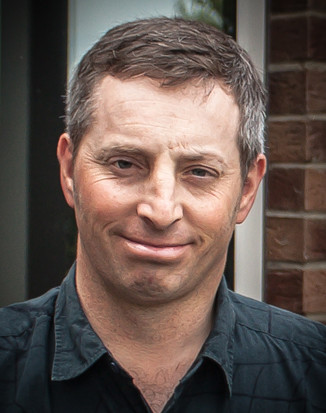Departing from Genetic Genealogy for a bit, I wanted to focus on a story that I can't keep my mind off.
With the 200 years anniversary of the end of Napoleon's reign, coming up in June 2015, I wanted to step back a further 22 years into 1793.
After the last few years, I used my Maternal lineage - namely the Newenham family, to put me in the right direction of researching families. Not because of what they did, but they were well documented from a certain point of view. The documentation that supported events on things, that was said within the family, was a great learning tool. I used historical notes to support family stories.
A great story of Family pride, Warships, The British Navy taking Toulon in 1793 with very strong connotations to Navy Officers - Horatio Nelson and Samuel Hood, Family sadness and a lingering Family name that lived on for years to come.
This story centers around Lt. Charles Burton Newenham, in particular - the death of him.
The image up above is believed to be of C.B.N in Navy Dress, just prior to his death. It is a "photograph" of a portrait that may have been compiled around the 1870's by a distant Great Grandfather of mine, who was a professional Photographer.
If anyone can help to support the Navy uniform and if it suggests a unit or type of rank, I'll take the advice.
Now, C B N, was born around c.1767, possibly in either Dublin or Cork, Ireland, but Dublin seems to fit in his Father's "Parliamentarian" occupation.
He was the 11th Child (3rd Surviving Male) of Sir Edward Newenham and Lady Grace Anna Burton.
C B N was named after his Maternal Grandfather and former Dublin Lord Mayor - Sir Charles Burton.
It seems that he was to follow after his namesake, into Military action.
Not much is known about C B N's early life, but it seems when he become of age, he went straight into the Military, namely the British Navy. From there, he was catapulted into sailing the seas.
The story and the main basis of this post, is on C B N and his involvement with the taking of Toulon, France in 1793. It has a deep story that evolved with Napoleon Bonaparte' and his uprising forces.
C B N, was based on a Ship called "HMS Windsor Castle". He was under the command of
Captain - Sir Thomas Byard.
HMS
Windsor Castle was a 98 gun, 2nd rate ship and was the "Flagship" for Vice Admiral Phillips Cosby.
The Windsor Castle formed part of Lord Samuel Hood's assault on the bay that surround the town of Toulon, France.
When the French Monarchy fell during the Revolution, the British felt like they were compelled to assist in settling/restoring the Monarchy, but faced a deep and aggressive uprising against them when they attended Toulon. Namely from Napoleon and his Revolutionary forces.
The British landed and took Toulon around August 1793 and assisted in control of the city.
But there were revolutionary forces about, namely Napoleon. They set about retaking the cities around Toulon.
It seems a decision from the hierarchy of the British Navy (Hood or Nelson?), allowed a push of their forces on to the land and then proceeded to infiltrate certain defences (Fort's) to bolster the perimeter, in case of action with the Revolutionary's.
It looks like it was only a few days after they landed in Toulon, C B N was sent out with a party, to Fort Pomets (Pommets and or Fort des Pomets), to perform garrison duties.
Fort Pomets, is posted about 4-5 KM's North West of Toulon, was noted as an "outer lying" Fort.
It was positioned on a hilltop and was probably favorably built, for it's view that overlooked the City of Toulon.
Top View of Fort Pomets :
Northern Side of Fort Pomets, looking South, back towards the City of Toulon
Top View of Fort Pomets (showing the City of Toulon vs Fort Pomets)
Attacking Fort Pomets was not all that hard, as it was easily "cutoff" from reinforcements, if the attacker knew where to attack from.
Sometime, during the day of the 24th September 1793, the Fort was attacked by someone, most possibly of the Revolutionary Forces. Initial thoughts was that is Napoleon's force, but it's not exactly sure who, as Napoleon was on the South Western corner of Toulon a few days before (if this is correct?) Napoleon was on his way to take Toulon back around these few days.
*Recent diggings on Napoleon's whereabouts, have netted that he was West of the City and around the 16th of September, Napoleon then left for the Bay of Toulon and entered into the dealings of "taking of Toulon".
Napoleon, was located near the bay of Toulon, firing his cannons at the British Naval Ships, inflicting serious damage around the 20th of September.
*
With these stouch's of the Northern side of the City, Lt Charles Burton Newenham lead his force into defending the Fort. Somehow, the attacking force managed to get into the Fort and they defeated the British defence.
In doing so, C B N was wounded and died within an hour of receiving his wounds.
This death was noted by Lord Hood and other historical sources. Lord Hood felt compelled to say at the least that : "HM has lost a very promising young officer, his gallant defense of the Fort, does him infinite honour".
HMS Windsor Castle's log dated 25th September and Lord Hood's Letter to P. Stephens (aboard the HMS Victory) in Toulon dated 27th September, note of C B N's death (above details are from those letters/logs).
A while after C B N's death, around December 1793, Napoleon finally took back Toulon, the British retreated.
The British made a mistake or under estimated, Napoleon's efforts to hold Toulon.
Now what's interesting about the death of C B N and his force, IMHO, that it was almost a "death march" mission from the start. If C B N had of pulled it off, it would have been by sheer luck.
Everything about this mission, was not greatly thought out from a hierarchical view and from a Fort design sense. Notes about the Fort, say was that it was poorly designed and poorly positioned.
So in essence - 4 things accounted for the death of C B N :
- the British Navy's thoughts/plans and strategies, on how to defend the garrison Fort Pommets
- the design/position of the Fort
- the Force that attacked Fort Pomets
- the commanding skills/weapons at hand of C B N and the experience of his force, whilst under attack
But the burning question is, who really killed C B N?
After some research, I thought it was Napoleon, but I can basically rule out Napoleon now (due to his placement in the days preceding C B N's death). But I'm guessing some form of Napoleon Revolutionary Force or Militia formed by Local Republicans. In today's world of the litigious nature, the judicial system would almost have blamed the British Navy and or Nelson or Hood for C B N's death, rather than the Revolutionary's. My opinion is based on the decisions of Lord Hood and Nelson.
Now, when news got back to Ireland, to the Newenham family, it sent shock waves and the family was devastated. All hope was lost for a son to be stationed under the British Navy. In particular under Lord Hood.
In another form of interesting links, many years later and many generations of children/grand children that spawned from Sir Edward and Lady Grace, it almost always included a child named Charles Burton Newenham (or variants of) - the name was based originally from Lady Grace's Father - Sir Charles Burton, but many references also point to the family honouring the Lieutenant, when he fell at Toulon.
With this, 3 children off the eldest son of Sir Edward/Lady Grace - (Edward Worth Newenham 1762-1832) went to serve in the Military.
- Edward Worth Newenham - 1787-1867
- William Persse Newenham - 1790-1866
- Robert Burton Newenham - 1793-1823?
These 3 Grandchildren served in different facets of the Napoleonic era.
The irony here, is that Edward went to War, but became shipwrecked off the French Coast and was captured. He was then sent to Verdun in 1806, well away from the frontline, so he couldn't rejoin his forces straight away - if he escaped. He stayed in Verdun voluntarily until his death.
William fought in many Navy battles and showed quite exemplary service with "courage under fire". He was very well known to Lord Hood.
Robert Burton became part of history, as he served on the days during the June 1815 campaign of Waterloo when Napoleon "fell". Robert survived "Waterloo", but died from wounds in India in 1823.
The last bit of this story, is that a younger brother to the 3 above men, was named after Lord Hood.
Lord Hood was also his Sponsor (Godparent/Guardian)
His name was Henry Hood Newenham - 1805-1895. Henry was a 4th Great Grand Father to me
Lt. Charles Burton Newenham was an Uncle to Henry. Charles was a 5th Great Grand Uncle to me
Below is a Newspaper article depicting some of the above, but also other Newenham family members serving in a very similar situation.
Article was from details supplied by Henry Hood Newenham's daughter Caroline Pitman.
13 March 1897 - Melbourne Argus
Resources :
- Kent History Forum (now closed to further postings)
Kent History Forum - HMS "Windsor Castle"
- "Lord Hood And The Defence Of Toulon" by J.HOLLAND ROSE
(Page 138 contains C B N's death)
- "Sir Edward Newenham - Defender of the Protestant Constitution" by James Kelly (Four Courts Publishing)
- Family Documents
- Trove : trove.nla.gov.au



